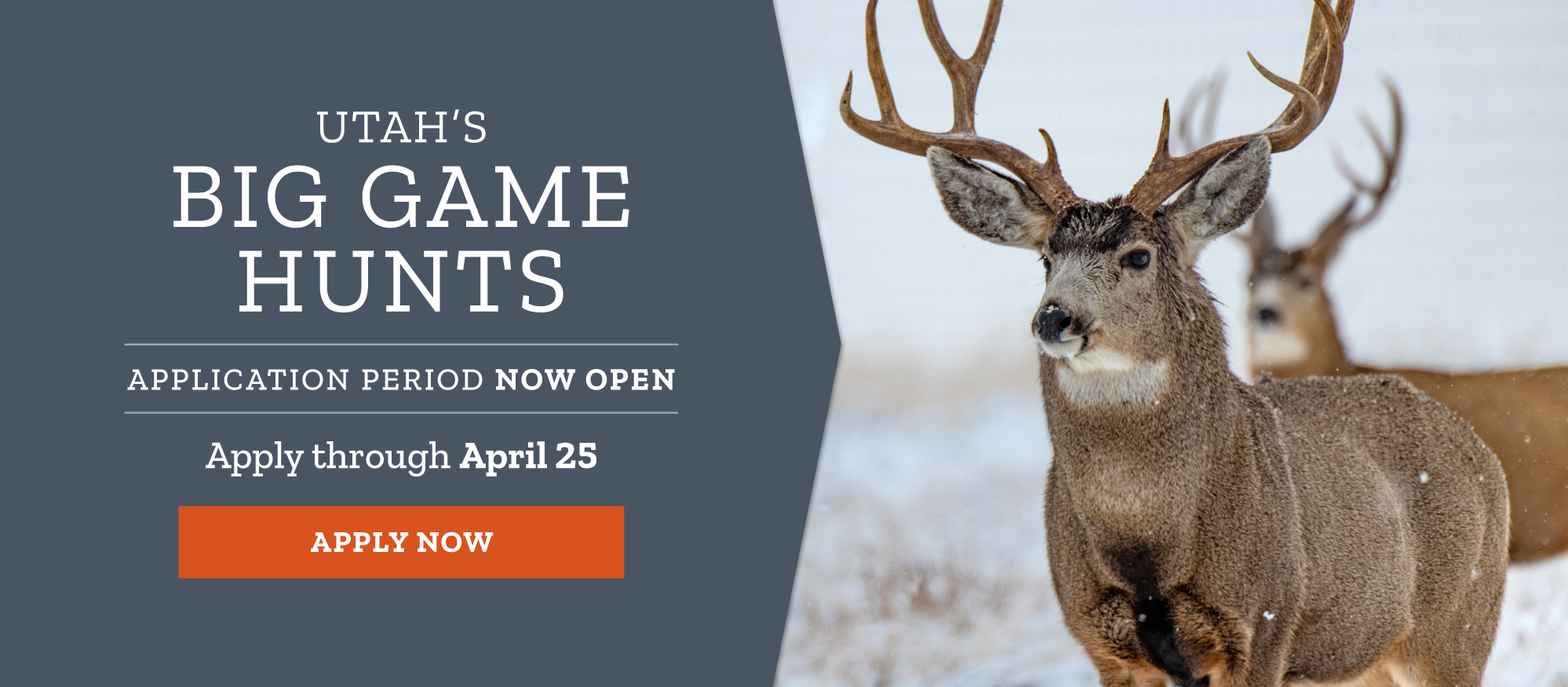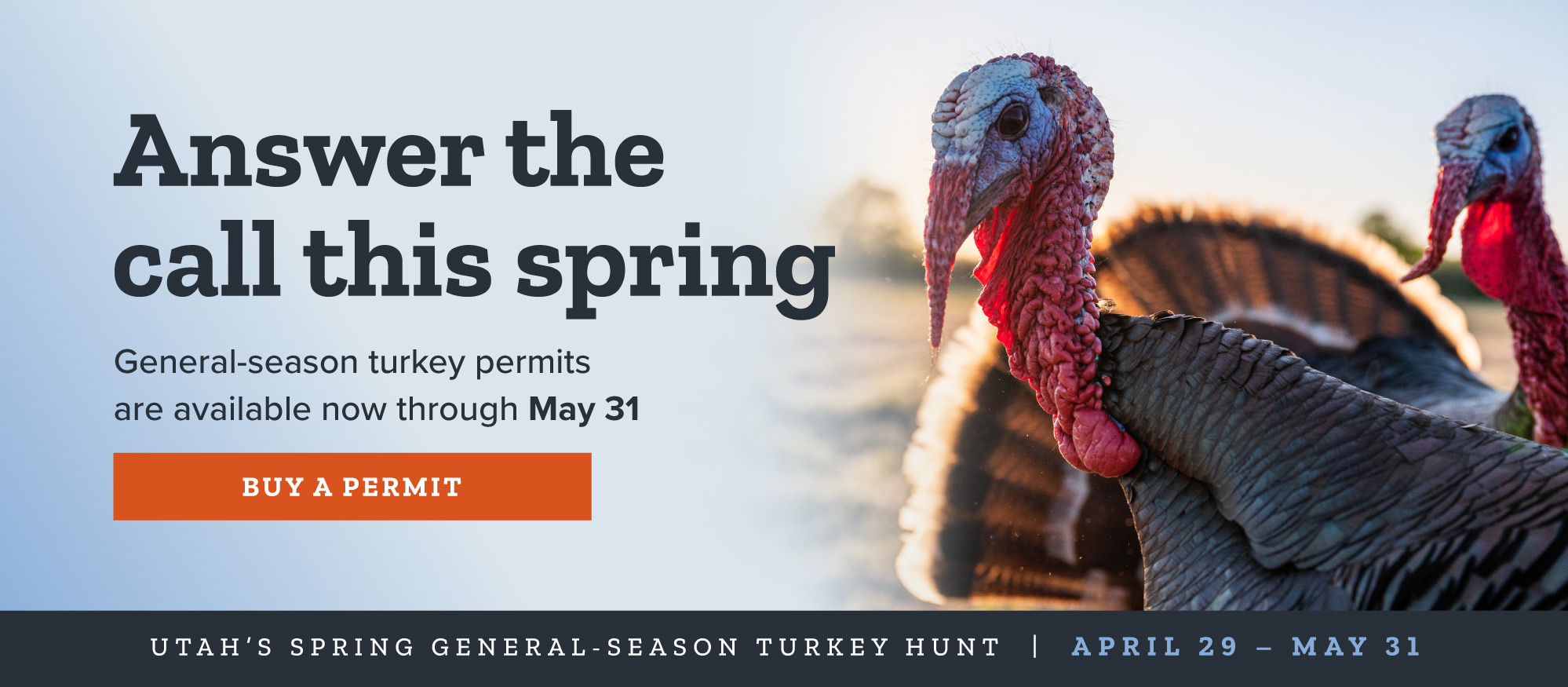Furbearers program background information
Utah, like much of the United States, was first explored by fur trappers prior to settlement. William H. Ashley, Peter Skene Ogden, Jim Bridger and Osborne Russell were some of the trappers to come to this area in the early nineteenth century. They harvested mainly beavers, but also otters, mink and other kinds of fur that were in demand. Their journals provide some of the earliest descriptions of the flora and fauna of Utah.
According to records and accounts written by early explorers, naturalists and settlers, furbearer populations have changed since settlement during the mid-1800s. At that time, wolves, wolverines, lynx and otters were common. Beavers were also plentiful, but due to excessive harvest were reduced to the point that in 1897 it became illegal to harvest beavers. This restriction was retained for six years. Otters had also become rare. By 1912, beavers had increased and, in some areas, were causing problems. From that time until the present, the harvest of beavers and other furbearer populations has been regulated.
Extensive efforts were made to eliminate "vermin" furbearers in the mid-1800s. Wolves, wolverines, coyotes, bobcats, fox, minks and other predatory wildlife were hunted by elimination parties to reduce depredation problems. Wolves and wolverines have both been rare, if not extirpated, in Utah since 1910.
Furbearer harvest statistics have been compiled since 1981 through use of a questionnaire. Harvest statistics for beavers, minks and martens were also recorded prior to that time through tagging and questionnaires. Since 1981, about 1,400 sportsmen have purchased furbearer licenses each year. However, coyotes, muskrats and racoons may be taken without a license. The majority of trappers taking those species purchase a license because of the possibility of catching protected species.
















